Optimal Timing for Palm Branch Removals

Ways to make Palm Branch Removals work in tight or awkward layouts.
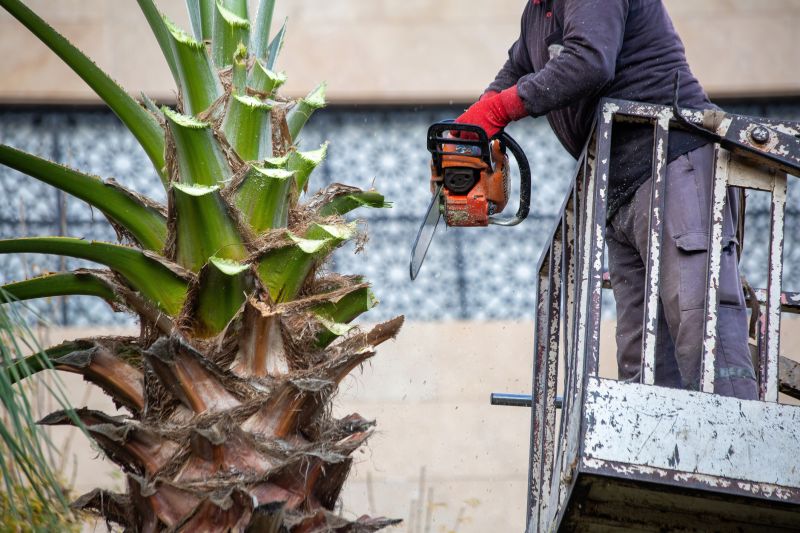
Popular materials for Palm Branch Removals and why they hold up over time.
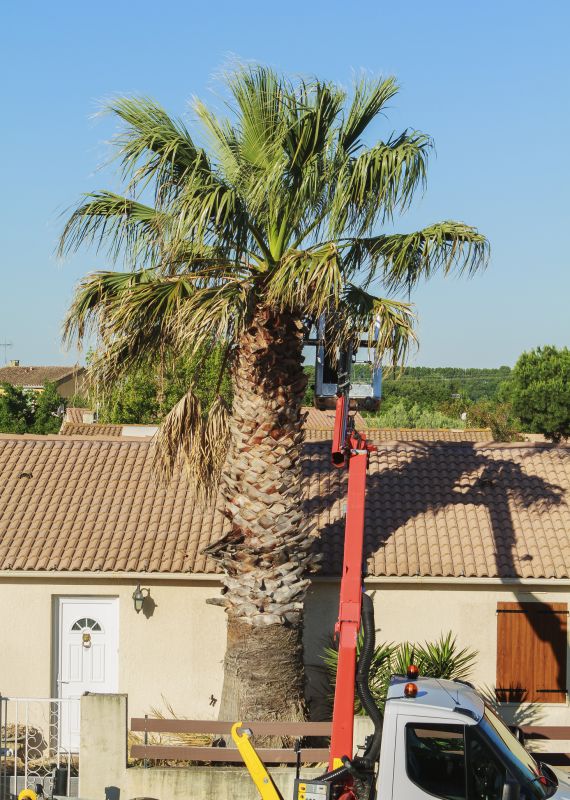
Simple add-ons that improve Palm Branch Removals without blowing the budget.

High-end options that actually feel worth it for Palm Branch Removals.
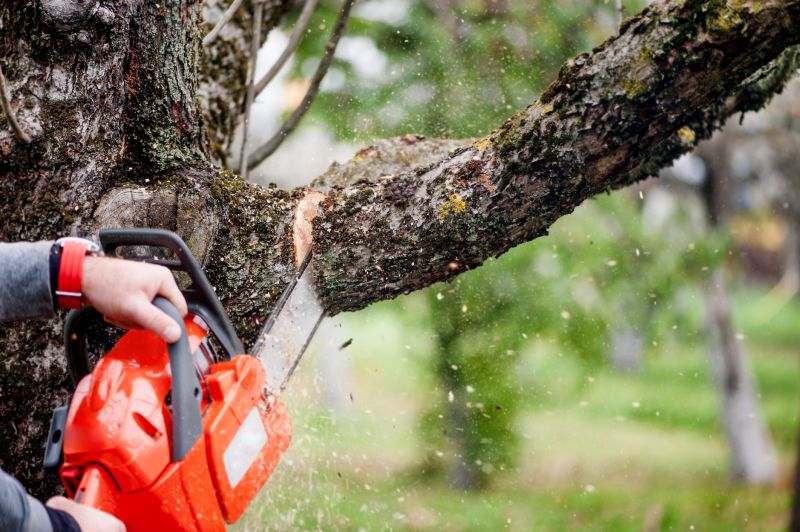
Finishes and colors that play nicely with Palm Branch Removals.

Little measurements that prevent headaches on Palm Branch Removals day.

A 60-second routine that keeps Palm Branch Removals looking new.

A frequent mistake in Palm Branch Removals and how to dodge it.
Palm branch removals are essential for maintaining healthy palm trees and ensuring safety in landscaped areas. Proper timing can prevent potential hazards caused by falling fronds or dead branches. Typically, the ideal time for removals aligns with the tree's natural growth cycle and seasonal conditions.
Late winter and early spring are generally considered the best times to remove dead or hazardous palm branches, before the growing season begins.
Removing palm branches during dormant periods minimizes the risk of pest infestations and disease transmission.
Climatic factors such as high humidity or extreme heat can influence the best timing, with cooler, dry periods being preferable for removals.
Regular inspections and removals, typically once or twice a year, help maintain palm health and safety.

Small tweaks to make Palm Branch Removals safer and easier to use.
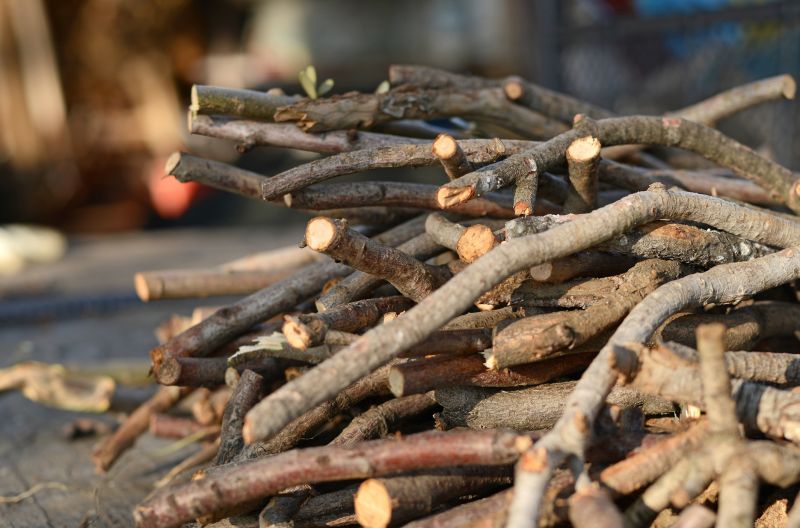
Lower-waste or water-saving choices for Palm Branch Removals.
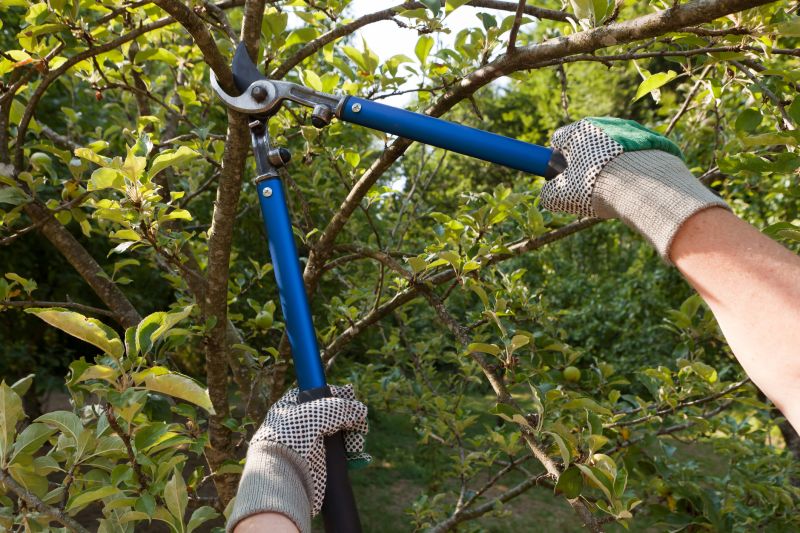
The short, realistic tool list for quality Palm Branch Removals.
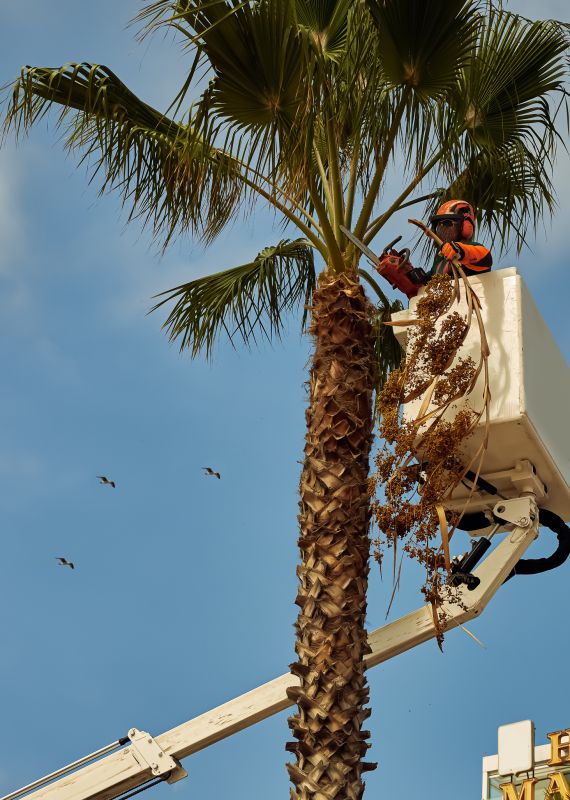
Rough timing from prep to clean-up for Palm Branch Removals.

Quick checks and paperwork to keep after Palm Branch Removals.
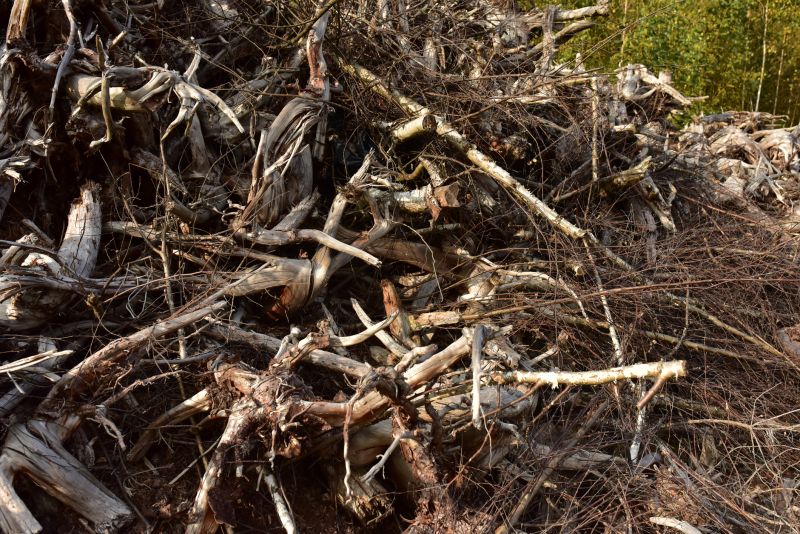
Examples that show the impact a good Palm Branch Removals can make.

Ways to make Palm Branch Removals work in tight or awkward layouts.
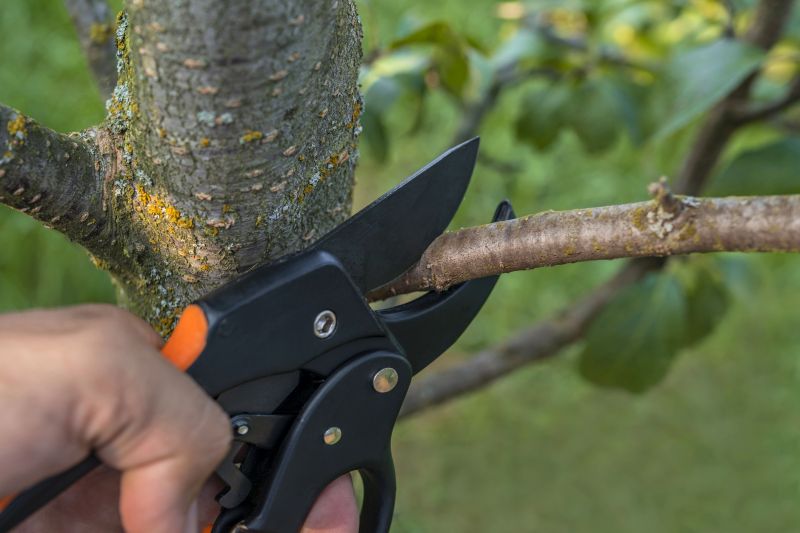
Ways to make Palm Branch Removals work in tight or awkward layouts.
Professionals recommend scheduling removals during periods of mild weather to reduce stress on the trees and ensure thorough cleanup. Proper timing also facilitates better disposal and reduces the risk of pests.
| Season | Best Practices |
|---|---|
| Late winter | Remove dead fronds before new growth begins. |
| Early spring | Prepare for upcoming growth season with pruning. |
| Dry season | Avoid removals during high humidity to prevent disease. |
| Post-storm | Inspect and remove damaged branches promptly. |
| Regular intervals | Conduct inspections biannually for safety and health. |
